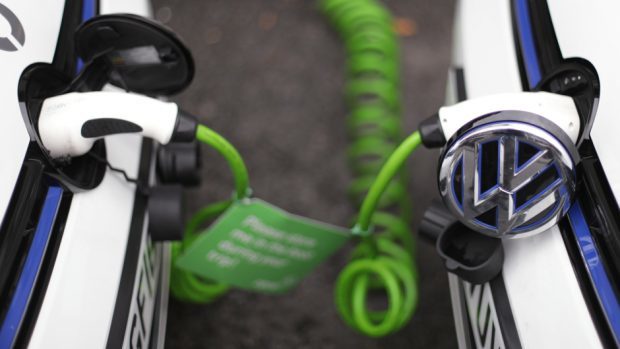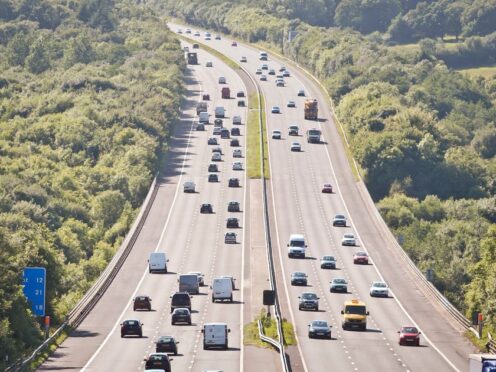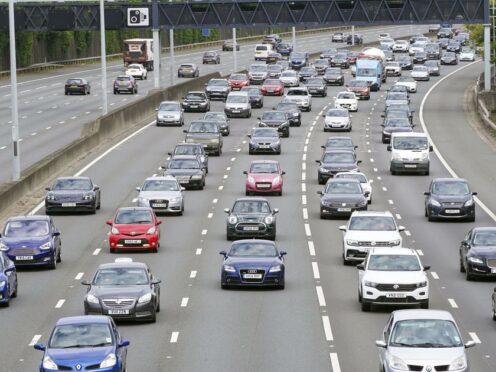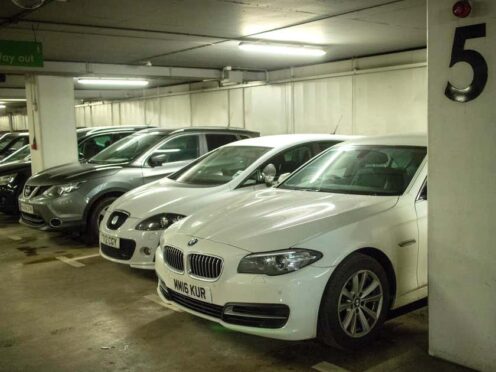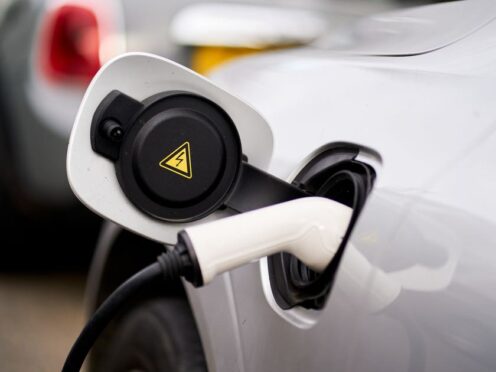A ban on selling new petrol, diesel or hybrid cars in the UK is to be brought forward to 2035 under the latest government plans.
The change comes after experts said the original target of 2040 would be too late if the UK wants to meet its zero carbon emissions target by 2050.
Boris Johnson unveiled plans to bring forward a UK ban on the sale of new petrol, diesel and hybrid cars to 2035 at the launch of November’s UN climate summit in Glasgow, calling 2020 a “defining year of climate action”.
People will only be able to buy electric or hydrogen vehicles once the ban comes into effect, though old “conventional” cars would remain on the roads.
But now that the date has been officially brought forward, UK motorists have been raising questions about the viability of the plan.
As an incentive for buying electric cars, UK drivers can claim a state grant of £3,500 towards the purchase of an ultra-low emission vehicle that produces CO2 emissions of less than 50g/km and has a zero-emission range of at least 70 miles.
They are also completely exempt from the London Congestion Charge and the Ultra-Low Emission Zone fee, with other future benefits potentially including access to bus lanes and discounted or free parking.
But with the majority of motorists having never owned an electric car before, understandably there are lots of common questions being asked.
Here, we look at some of the most basic electric car queries…
1. Are all electric cars automatic?
![]()
Yes, in theory. Electric cars don’t need a clutch as they can’t stall like traditional petrol or diesel vehicles, though manufacturers can choose to include manual gearboxes for motorists who are used to them.
2.How many gears does an electric car need?
![]() One. It can have multiple, but an electrically powered vehicle requires only a single gear to run as electric motors generate all of their torque at under 1,000rpm and can reach up to 20,000rpm.
One. It can have multiple, but an electrically powered vehicle requires only a single gear to run as electric motors generate all of their torque at under 1,000rpm and can reach up to 20,000rpm.
3. How fast are electric cars?
![]() Top speeds aren’t generally as high as equivalent petrol or diesel models, but the almost instant torque and lack of gears means that electric cars can be just as powerful and even accelerate quicker.
Top speeds aren’t generally as high as equivalent petrol or diesel models, but the almost instant torque and lack of gears means that electric cars can be just as powerful and even accelerate quicker.
This is because an electric car’s motor eliminates the need for a traditional transmission, meaning that power goes straight to the wheels for instant acceleration. And the limits of electric vehicles are constantly being pushed.
In fact, one of the quickest rides among all production cars (and at any price) is the Tesla Model S. The line’s top P100D version with dual electric motors is capable of a 0-60mph sprint in a scenery-blurring 2.4 seconds. Later this year, the automaker’s reborn Roadster is primed to beat the Model S in terms of off-the-line acceleration with a projected 0-60 launch in 1.9 seconds and a highly illegal top speed of 250mph.
4. Can electric cars be driven on motorways?
![]() There are no regulatory or practical barriers to driving an electric car on a motorway, dual carriageway, or any other road that regular cars can use.
There are no regulatory or practical barriers to driving an electric car on a motorway, dual carriageway, or any other road that regular cars can use.
They’re fast enough, have further ranges than ever before and service stations have plenty of charging points (with even more planned to be installed in the coming years).
5. Does extreme weather affect electric car performance?
![]() No more so than a typical car that uses traditional fuel. Manufacturers rigorously test electric vehicles to ensure they meet the same standards in heavy rain, icy temperatures, strong winds and other challenging conditions. Chargers must be waterproof, too.
No more so than a typical car that uses traditional fuel. Manufacturers rigorously test electric vehicles to ensure they meet the same standards in heavy rain, icy temperatures, strong winds and other challenging conditions. Chargers must be waterproof, too.
6. How long does an electric car take to charge?
![]() That all depends on the size of the battery, how much power the charger can deliver and your vehicle’s maximum charge rate.
That all depends on the size of the battery, how much power the charger can deliver and your vehicle’s maximum charge rate.
It can be anywhere between 30 minutes to 12 hours, but typically a full charge is likely to be around eight hours.
A 3.7kW charger provides about 15 miles per hour of charge, with a 7kW charger providing around 30 miles per hour of charge. The larger the battery and longer the range of the car, the more time it will take to fully charge up.
7. How much does it cost to charge an electric car?
![]() Just like fuelling a petrol or diesel car, this depends on the cost of the fuel – the electricity – and the size of the tank – the battery.
Just like fuelling a petrol or diesel car, this depends on the cost of the fuel – the electricity – and the size of the tank – the battery.
As a general rule though, the fuel economy is usually much better than traditional cars and some car makers, such as Tesla, offer a set number of free charging hours at points around the UK.
As you might expect, charge points found at motorway service stations tend to be the quickest but also the most expensive, meanwhile charging at home will be priced as part of your standard tariff.
The average cost of electricity per kWh is currently around 14p. Using a Nissan Leaf as an example, the cost of a full charge would be £5.60.
And there are new at-home tariffs available exclusively to electric car and van drivers. They offer incredibly low-cost off-peak electricity, sometimes dipping below 5p per kWh, which can cut charging costs in half in some cases.
8. How long do electric car batteries last?
![]() They degrade over time just like a mobile phone battery – manufacturers typically offer around a five to eight-year warranty at the moment, though they can last between 10 and 20 years depending on usage.
They degrade over time just like a mobile phone battery – manufacturers typically offer around a five to eight-year warranty at the moment, though they can last between 10 and 20 years depending on usage.
This is only likely to improve in the future though, as technology, techniques and research develop.
